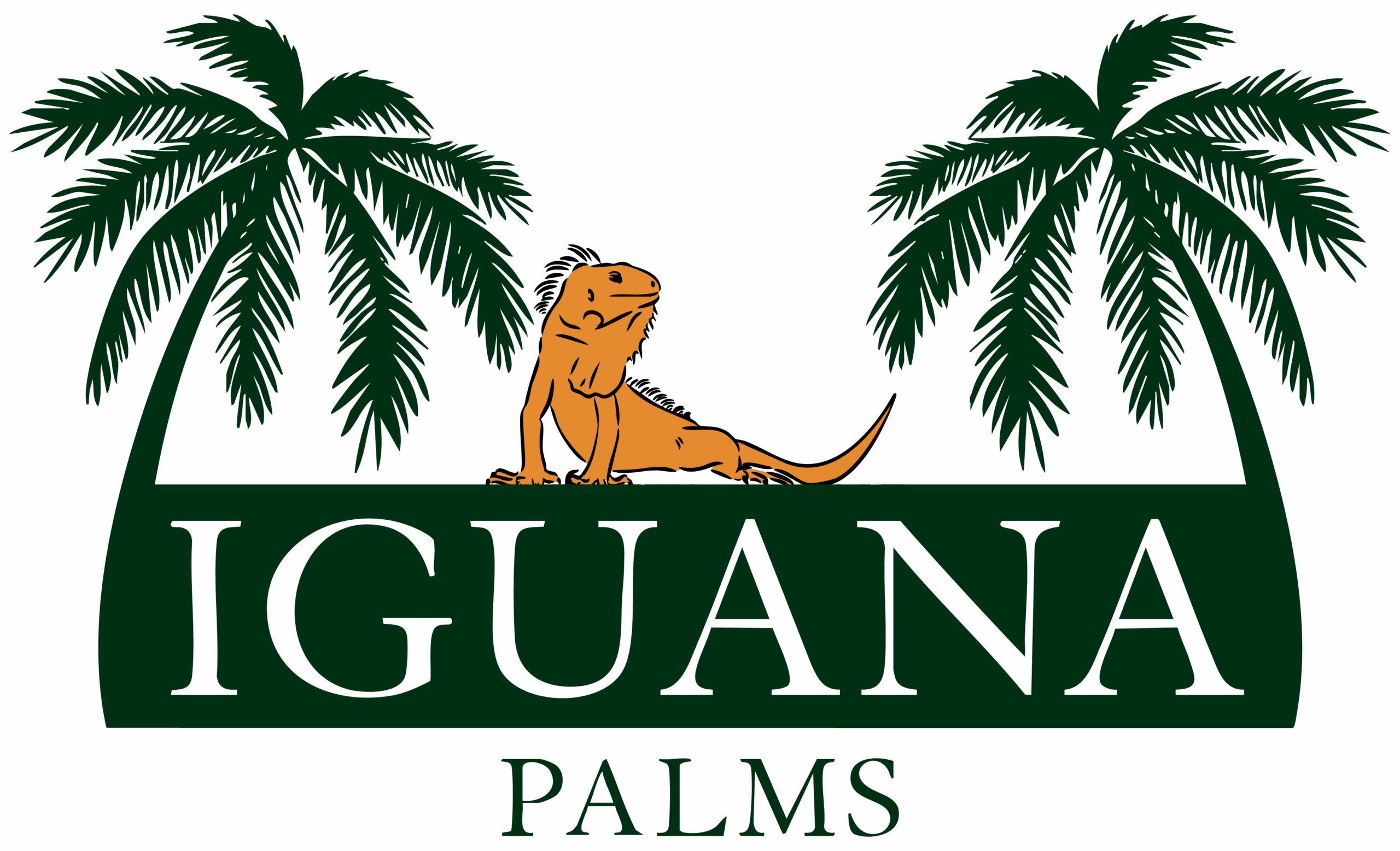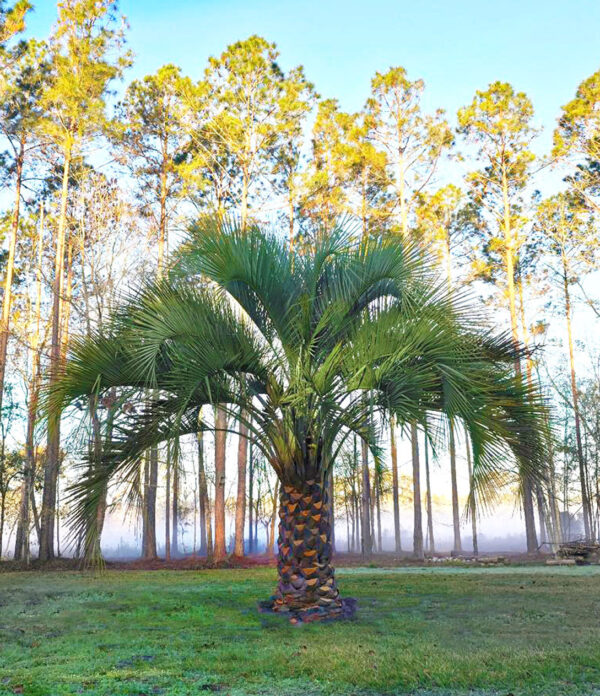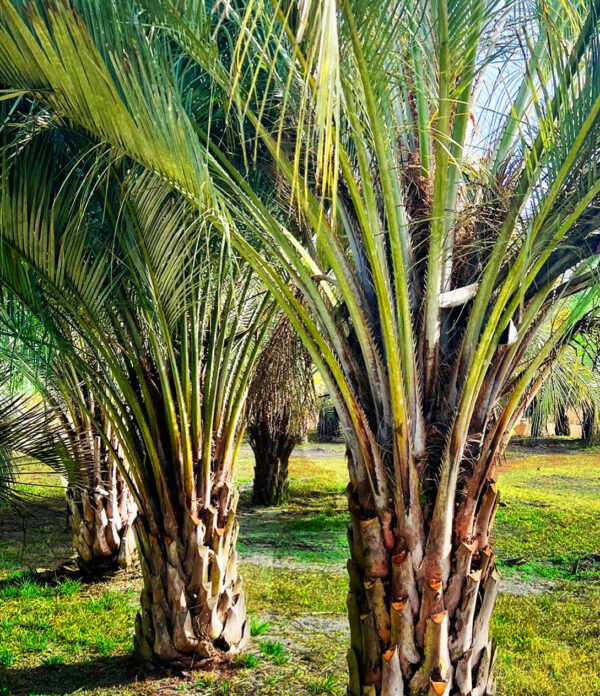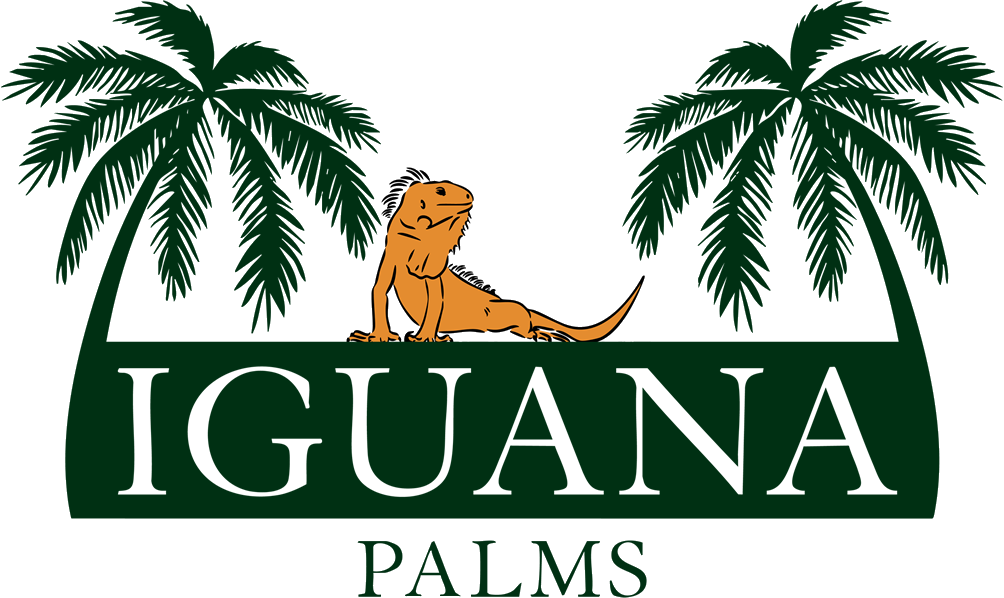The Sylvester palm (Phoenix Sylvestris), also known as the Silver Date Palm, Sugar Date Palm or Wild Date Palm, is a majestic, resilient and low maintenance palm tree that thrives in tropical and subtropical climates.
Native to India and South Asia, the Sylvester Palm has long been a symbol of wealth and prestige, often planted near temples, palaces and estates to symbolize prosperity. Today, it remains a staple in luxury landscaping worldwide. These palms aren’t just admired for their beauty, they are also cultivated because they produce delicious date-like fruits that make wines and syrups.
Physical Characteristics of the Sylvester Palm
The Sylvester Palm is one of the most naturally beautiful palm trees available. With its symmetrical, well balanced shape, textured trunk, and lush, feathery fronds it creates a formal, sophisticated look in any landscape.
Size and Growth Rate of Sylvester Palm
The Sylvester palm typically grows to heights of 40-50 feet with a canopy spread of 10-15 feet. .Although it normally grows at a rate of 1-2 feet per year, if it is planted in colder regions it grows from 6 to 12 inches per year.
Trunk
The Sylvester Palm has a beautiful trunk that is thick and sturdy, and grows up to 18 inches in diameter. It is a light brown to gray, and can be left natural with “boots” (old leaf bases) or styled into a diamond cut pattern for a polished, elegant look.
Fronds and Foliage
Long, gray-green feathery fronds that arch gracefully from the trunk, giving it a lush, tropical appearance. The fronds grow up to be 15 feet long, and have sharp spiny bases so they need to be handled with care.
Flowers & Fruit
In the spring, Sylvester Palms produce small creamy white flowers on long stalks extending from the crown. These flowers develop into small, oval shaped fruits that are similar to dates, and turn brown when ripe. While not commonly eaten, this fruit is used for fermenting wine, syrups, or attracting wildlife.
Where to plant Sylvester Palm
The Sylvester Palms is a symbol of luxury and wealth, making it the perfect choice for elevating your landscape. Here are the best places to plant one:
Front yard
- Mark your entrance by planting one on each side of your driveway or walkway.
- Use it as a single statement tree- the taller the better!
- Create a staggered groping (ideally three palms) to achieve a layered, natural look without overlapping canopies.
Driveway:
- Lining both sides of the driveway with Sylvester Palms creates a dramatic, elegant entrance.
- Thanks to the fibrous, non-invasive roots, they can be planted close to sidewalks or structures without causing damage
Poolside
- Their non-invasive root system makes them safe to plant near pools.
- They provide plenty of shade without any leaf drop, keeping your pool clean.
- The tropical look pairs perfectly with water features.
Parks, Luxury Resorts & Commercial Spaces
- Low maintenance and visually striking, they’re ideal for shopping centers, office parks, and courtyards.
- Their height and grand appearance add a luxurious feel to large spaces.
Why Choose a Sylvester Palm?
Beyond its stunning looks, the Sylvester palm offers several practical benefits:
- Symbol of luxury and wealth
- Produces fruit for natural wildlife
- Drought-tolerant and low maintenance
- Cold-hardy
- Non-invasive root system
- Adds instant tropical appeal
How to Care for the Sylvester Date Palm
Climate and hardiness: Best suited for zones 8-11, and tolerates temperatures down to 20 degrees F, but prefers warmer climates.
Sunlight: Requires full sun, minimum 6-8 hours per day.
Soil: Thrives in well draining soil. If your soil is heavy, add coarse sand for better drainage.
Watering needs: Drought-tolerant once established. Newly planted palms need watering 3x per week; once established, deep watering once a week is sufficient.
Fertilization: Use a slow-release palm specific fertilizer three times a year, ideally in the beginning of spring, summer and fall.
Pruning: Prune dead or damaged fronds occasionally. Make sure never to prune fronds while they are still partially green, as they are still giving essential nutrients to the palm.
How Cold Hardy is the Sylvester Palm?
The Sylvester palm is ideal for usda zones 8-11, and can tolerate sustained temperatures down to 20 degrees. While it can endure brief drops into the teens, its fronds may suffer damage.
However, cold-acclimated palms-like those grown at iguana palms- are naturally more resilient to temperature drops. Since they’ve been exposed to colder winters, they adapt better to regions with occasional temperature drops-making them great for homeowners in cooler climates.
Where do I buy my Sylvester Palm?
If you are looking for a stunning, low maintenance cold hardy Sylvester Palm, consider purchasing from Iguana Palms. Unlike many nurseries that grow their palms in consistently warm climates for faster growth rates, Iguana Palms cultivates their Sylvester Palms in North Florida’s cooler environment. This natural cold exposure makes the palms hardier and better suited for regions with an occasional freeze. By purchasing from Iguana palms you are getting healthy, stronger palms with a better chance of survival at a great price!
Whether you live in Texas, North Carolina, South Carolina, Alabama, Georgia, or North Florida, Iguana Palms offers unbeatable service and quality Sylvester Palms, ready to transform your home into a tropical paradise!




